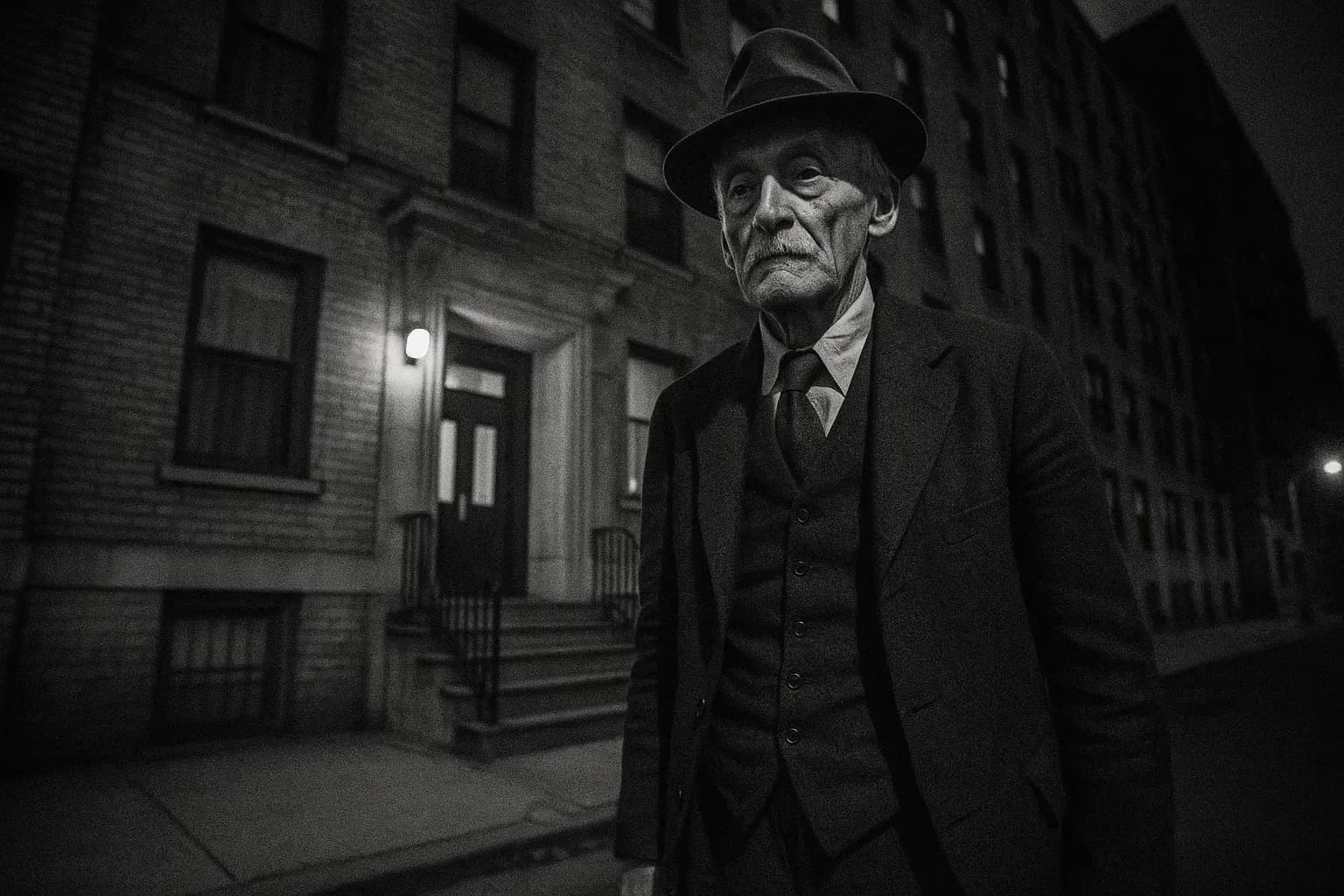Albert Fish: Grace Budd's Killer and Cannibal Revealed

Grace Budd's disappearance: Fish as 'Frank Howard' in NYC
On June 3, 1928, 10-year-old Grace Budd disappeared from her family's apartment in Manhattan, New York, lured away by an elderly man who introduced himself as Frank Howard. Her disappearance marked the beginning of one of the most shocking cases in U.S. criminal history. Behind the alias Frank Howard hid Albert Fish: a serial killer, cannibal, and child abuser whose horrifying acts and extreme violence still evoke disgust.
Fish's childhood: From St. John's to sadomasochism's roots
Albert Fish, also known by the nicknames The Boogey Man and The Gray Man, had a childhood marked by deep trauma. Born Hamilton Howard Fish in 1870 in Washington D.C., he lost his father at the age of five. His mother, who allegedly suffered from mental health issues, sent him to St. John’s Orphanage, where, according to his own later statements, he was subjected to systematic abuse. Fish recounted that the sight of boys being whipped planted the seed for his morbid fascination with pain. This fascination developed into self-harming behavior, where he, among other things, inserted needles under his fingernails and beat himself with a nail-studded paddle, a manifestation of early sadism and masochism.
Youth, prostitution, and double life in New York City
In his teenage years, young Fish briefly worked as a male prostitute in New York, which may have further intensified his sadomasochistic tendencies. He married in 1898 and had six children, but the marriage dissolved in 1917 when his wife left him. Despite his escalating psychopathy, his children described him as a caring father.
Grace Budd's murder: Cannibalism and 'children in each state'
Fish's criminal career gradually escalated from minor offenses to bestial murders in the 1920s. His victims were primarily vulnerable children, often from poor and marginalized families. He later claimed to psychiatrist Fredric Wertham: "I had children in every state." The most notorious of his crimes was the murder of Grace Budd. Fish had initially contacted the Budd family under the pretext of wanting to hire their son, Edward. When he saw 10-year-old Grace, his plans changed fatally. He lured the girl to an abandoned house in Westchester County, New York, under the pretense of a birthday party. In the house, he strangled her, brutally dismembered her body, and engaged in cannibalism, eating parts of her over the following nine days.
The letter's trail: Pale yellow paper that caught Fish
Six years after the murder, in November 1934, Grace Budd's parents received an anonymous letter. Written on pale yellow paper and signed with the initials G.H., the letter described in horrifying detail how their daughter had been murdered and eaten. The New York police traced the paper to an office supplier, which led them directly to Albert Fish's residence in Manhattan. When he was arrested on December 13, 1934, he promptly confessed: "I ate her."
The 1935 trial: 29 needles and Wertham's testimony on Fish
The trial of Albert Fish in White Plains in March 1935 became an intense confrontation between the defense's claim of insanity and the prosecution's argument for rational, calculated evil. The defense highlighted Fish's bizarre, psychotic religious delusions; he claimed that divine voices ordered him to sacrifice children as a form of atonement. The renowned psychiatrist Fredric Wertham testified that Fish suffered from an extremely rare combination of over twenty sexual paraphilias, including pedophilia, necrophilia, and urophilia, in addition to his pronounced sadomasochistic tendencies. As proof of his self-harming behavior, an X-ray examination revealing 29 needles embedded in his pelvic area was presented. This revelation prompted Judge Frederick P. Close to order women removed from the courtroom during Wertham's testimony about Fish's mental illness.
Guilty! Evidence of planning and the jury’s controversial verdict
Prosecutor Elbert Gallagher, however, argued that Fish's actions were meticulously planned and therefore not an expression of legal insanity. He pointed out that Fish had prepared by buying tools and selecting an isolated crime scene, proving he understood his actions were wrong. After only four hours of deliberation, the jury found Fish legally sane and therefore guilty. A juror later remarked: "We knew he was insane, but he deserved to die."
The execution in Sing Sing ('36): Fish's smile and last words
On January 16, 1936, at the age of 65, Albert Fish was executed in the electric chair at Sing Sing prison. Eyewitnesses reported that he smiled faintly and expressed that he was looking forward to experiencing the execution – the 'ultimate thrill.' His last, confused words were allegedly: "I don't know why I'm here. Everything seems so blurry."
Fish's legacy: Insanity debate, M'Naghten Rule, and family loss
The case of Albert Fish had a significant impact on the subsequent debate about insanity as a defense in U.S. criminal law. While some criminologists and psychiatrists pointed to his extreme mental disturbances as signs of deep psychosis, the court upheld the narrow M'Naghten Rule, which primarily focuses on the perpetrator's ability to distinguish right from wrong at the time of the offense. For Grace Budd's family, the loss and the subsequent trial were an unbearable tragedy. Her father, Albert Budd Sr., died of grief a few years later, while her mother, Delia, spent the rest of her life visiting her daughter's grave. Today, Albert Fish remains in criminal history, not only as The Gray Man, The Boogey Man, or The Brooklyn Vampire, but as a chilling reminder of the depths of human evil and the ongoing challenge of understanding and addressing extreme psychopathy and mental illness within the legal system.
Delve into more shocking cases of extreme psychopathy and historical crimes. Follow KrimiNyt and learn more about humanity's darkest corners.
Susanne Sperling
Admin